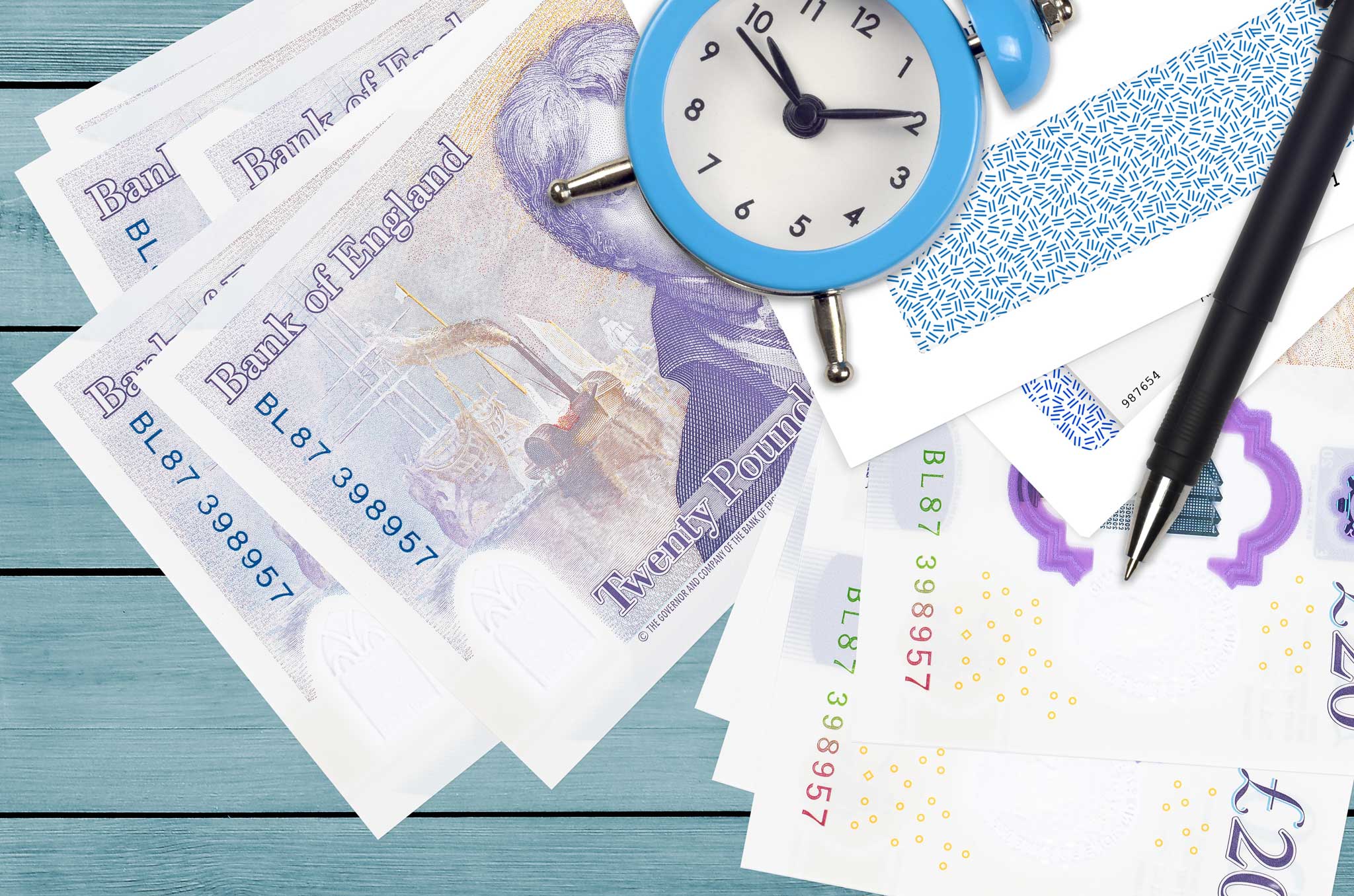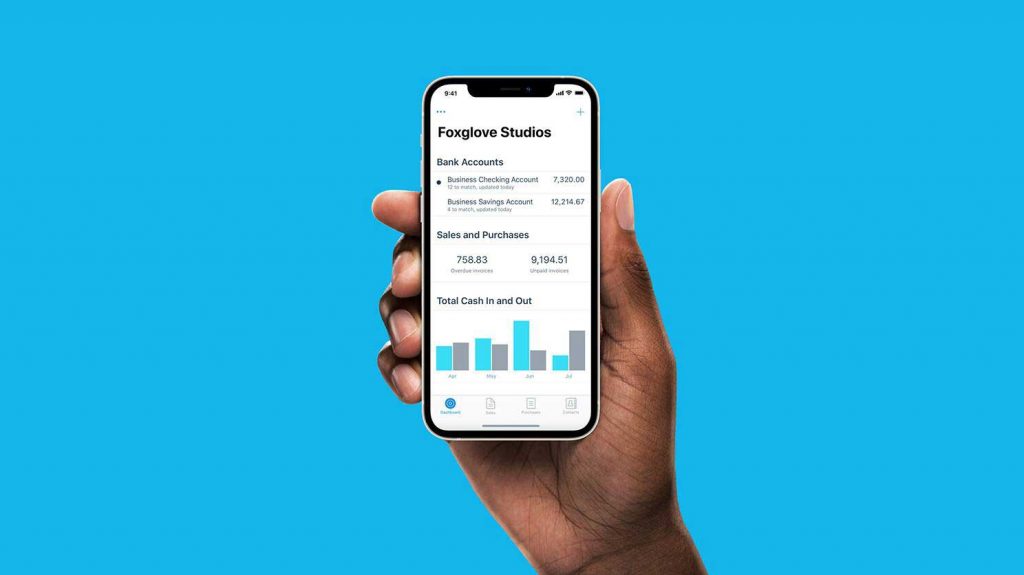First year of self-employment and first tax return? Or have you trundled on for years being told to pay these upstart payments on account, without having the foggiest as to what they are and wondering why they are so demanding? Well, you’re not alone.
In short, Payments on Account (PoA) are HMRC’s very rough attempt to make you pay tax when you earn the money, and not months and years later.
Back to basics first. The personal tax year runs from 6th April to the following 5th April, so for 2020/21 that was 6th April 2020 to 5th April 2021. The deadline for submitting the associated 2020/21 (self-assessment*) personal tax return is 31st January 2022. This means that the tax owed for the year ending 5th April 2021 may not be known for 10 months AFTER the end of the tax year. As you can appreciate, HMRC get a little twitchy when tax is outstanding, especially when the taxpayer would have earned some of this income almost two years before the return is due.
HMRC use a pretty rudimentary work-around so that they’re not left totally out of pocket. They use an estimate, based on the previous year, to get you to pay ahead of time. As an example, when your 2020/21 tax is due on 31st January 2022, you’re required to pay an amount towards the tax year that you’re part way through (2021/22), and then the same amount again shortly after the 2021/22 tax year has finished, so by 31st July 2022. These are known as your first and second Payments on Account (PoA) and each equates to half of your tax bill from the previous year. What this means is that by the time you have to settle your 2021/22 tax liability on 31st January 2023, you have already paid approximately this amount through your PoA’s, made in January and July of 2022.
The upshot of this is that if your income is consistent year-on-year, your PoA’s for 2021/22 would more of less cover your 2021/22 tax liability, so the ‘balancing payment’ due on 31st January 2023 will be pretty negligible. You will however of course need to pay the first PoA towards the next tax year (2022/23) that you’ll be part way through at that point. And so the cycle continues.
Expanding on that point; if your income is increasing year-on-year, then your PoA’s made in the year will come up short on what was actually owed, meaning a larger balancing payment will be due. Conversely, if your income has fallen then you would have overpaid towards your tax liability through your two PoA’s, meaning you will be due a refund for that overpayment. In reality, that overpayment may be netted off against the first PoA for the next year, so don’t hold out for a windfall!
A word of warning must go to tax return newbies, or first timers. Because you wouldn’t have made any PoA’s in the previous year, the first time you submit a tax return and settle your tax on 31st January you will have to pay the full tax liability for that year, and then half again for the next year via your first PoA. Don’t bury your head in the sand – make sure you’re saving towards this tax bill as it could be a big one! Speak to your accountant as they can provide an estimate of what this could be. As always, no nasty surprises.
* If you ever wondered why it’s referred to as a self-assessment tax return, even though your accountant does it for you, it’s because HMRC don’t fancy the task. So they get you (or your accountant) to self-assess your earnings and associated tax bill.




